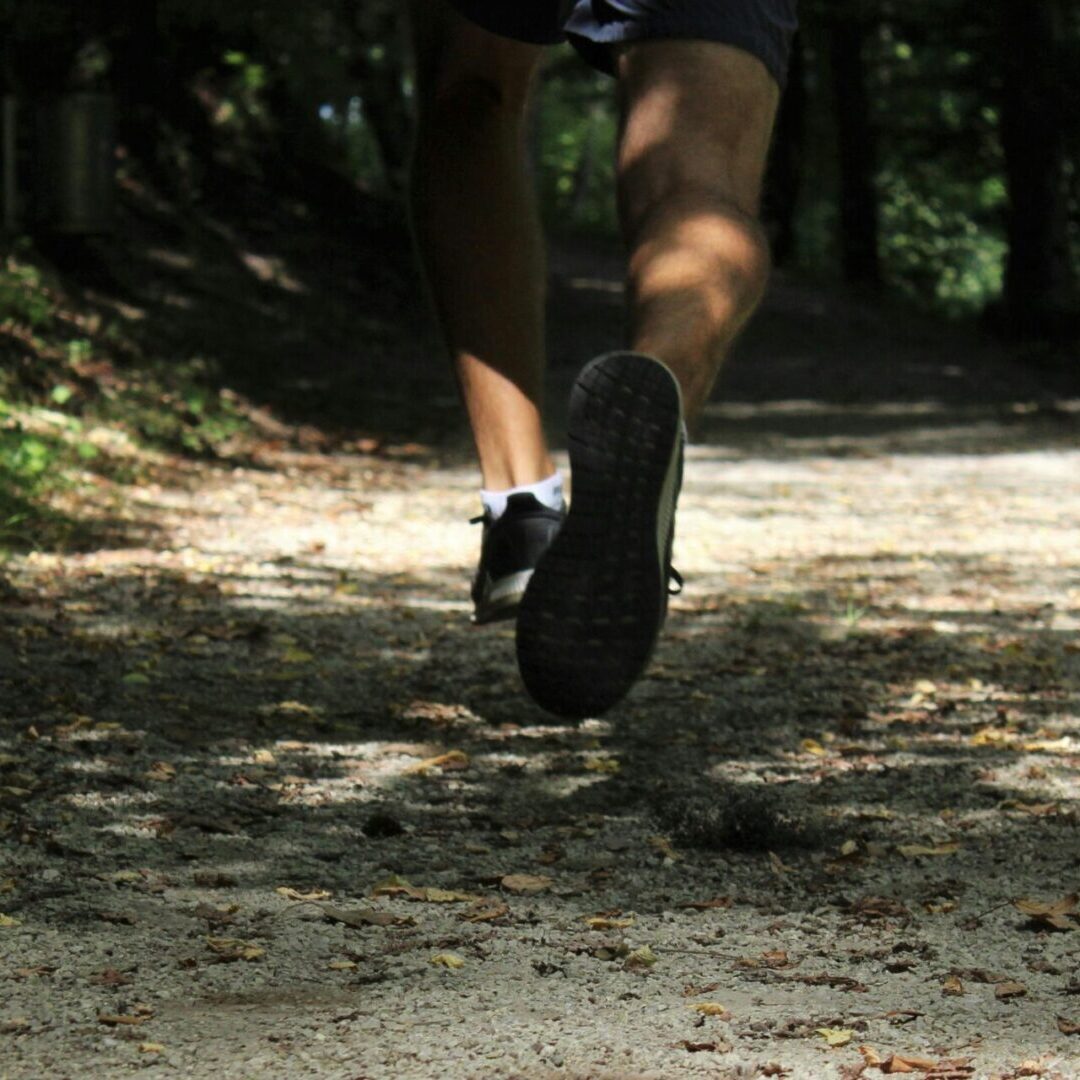Choosing the Right Trail Running Shoes
The options of running shoes can be overwhelming. The most important thing to consider is comfort. All the features discussed in the marketing of shoes are irrelevant if the shoes are uncomfortable. Start by making sure you have a good fit before purchasing a pair. Adjusting the laces is essential to know if you have a good fit. The heel cup should hold your heel without slippage to prevent blisters. Allow the toe box to have space to accommodate swelling, but make sure your foot does not easily slip into it. This can cause hotspots on your feet, leading to blisters. You may even consider going up a ½ size on your shoes.
Trail shoes often have aggressive tread patterns, which offer traction on loose or slippery terrain, and cushioning systems designed to absorb shock and provide comfort on hard surfaces. Minimalist shoes offer a lightweight, close-to-ground feel, while cushioned (or maximalist) shoes provide extra padding for long distances and rocky surfaces. Hybrid models combine elements of both, offering a versatile option for various trail conditions.
Heel drop is an important consideration. The standard heel drops are zero drop (0 mm), low drop (1-4 mm), mid drop (5-8 mm), and high drop (over 8 mm) shoes. If you are a newer or slower runner with a low running cadence, you may prefer a high-drop shoe, such as a 10 mm drop. The lower heel drop allows for a higher cadence run, which takes training and adaptation. There is a lot of marketing for low and zero-drop shoes, but remember that these are aggressive shoes and not for everyone.
Many waterproof (Gortex) models are available. These are great for damp trails. However, if you have to wade through water, these are not advised. Your shoes will fill with water, and the waterproof shoes will slowly dry out. Feet that stay wet are more likely to have issues with the skin breaking down and blisters forming.
Carbon-plated trail shoes are also an option. These are generally for racing and might not work well on trails with uneven surfaces. The carbon plate is designed to help propel you forward; if the trail is not even, it may push you in an unexpected direction.
Finding your favorite shoe can be a process of trial and error. Start by looking for a shoe best suited for most of your trail running. Consider buying shoes that you can return if they do not work well for you.
There are a lot of options to try. Be patient, try what seems best to you, and be willing to try something new next time. In no particular order, popular trail running shoes include these brands:
Hoka
Altra
Saucony
On
New Balance
Nike
Salomon
Adidas
Sportiva

Join Our Mailing List